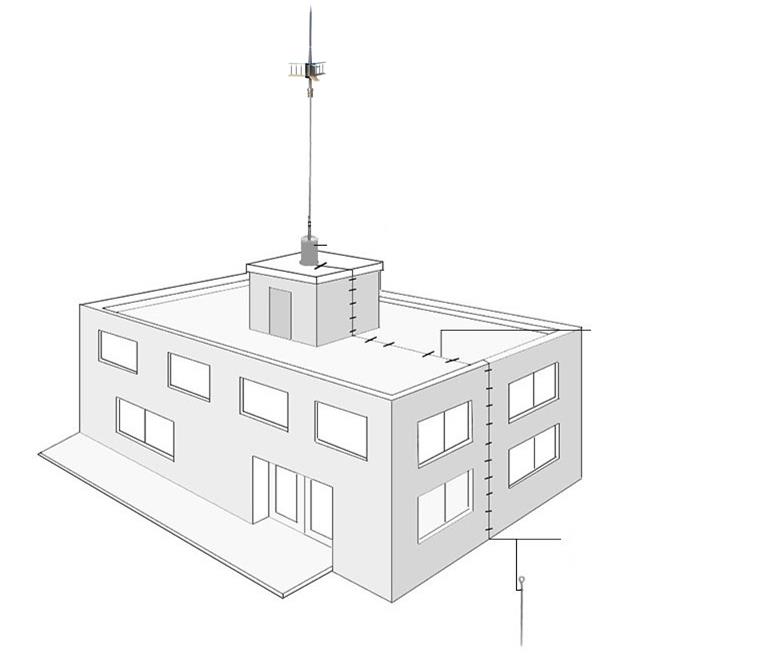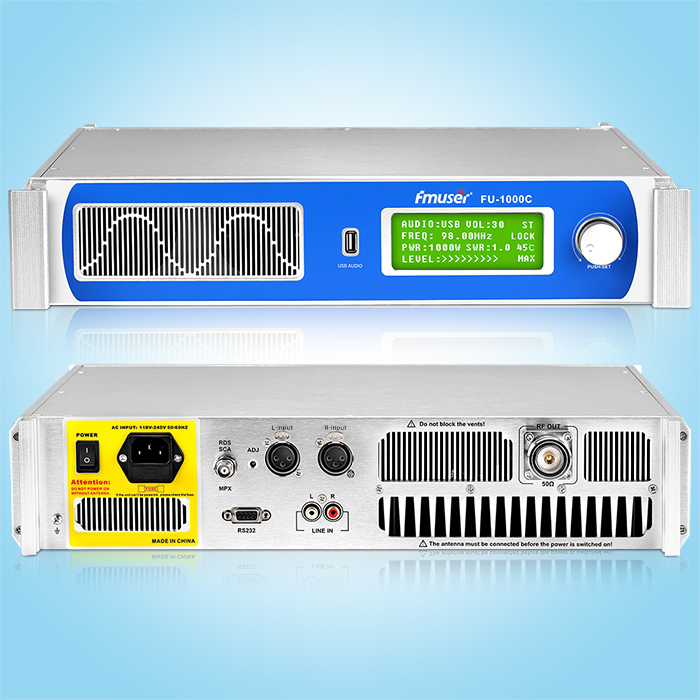On the physical line, due to various reasons such as noise interference, signal attenuation, errors during data transmission, while the physical layer is only responsible for the primitive bitstream of the transparent transmission structure, and no error control is made. Therefore, when it is necessary to transmit data on a line, in addition to having a physical line (link), there must be some necessary procedures to control the transmission of these data. The Data Link Layer is constituted by adding hardware and software to these procedures to the link.
What is a CAN bus?
The CAN is the abbreviation of "Controller Area Network", "Controller Board", is a serial communication protocol for ISO standards. The CAN bus is developed by Germany BOSCH, which is used to respond to the demand for the increasingly large electronic control system in the automobile. Its maximum feature is expandable, with high-speed communication of large amounts of data, and is highly stable. ISO organizations have standardized the CAN bus through ISO11898 and ISO11519, making it early early in the European automobile bus standard. Today, the CAN bus has been highly recognized by the industry, and its application has also extended from the field of automation, ships, medical equipment, industrial equipment.
CAN bus network topology
The physical connection of the CAN bus only requires two lines, commonly referred to as CAN_H and CAN_L, transmitted by differential signals. There are two levels of the CAN bus, which are the recessive levels and dominant levels, respectively, and the two levels have the relationship between "and" similar to the drain I / O level signal:
If the implicit level meets, the bus is manifested as a hidden level;
If the dominant level meets, the bus is expressed as a dominant level;
If the implicit level and the dominant level meet, the bus is expressed as a dominant level.
A typical CAN bus network topology is shown in Figure 1, pay attention to the terminal resistance at both ends.
CAN bus data link layer includes
1, communication mechanism
2, data frame
3, error detection
4, frame format
5, bit timing and synchronization
CAN bus frame format
Data is sent out in this format. There are a total of five different types of frames on the bus.
The CAN bus protocol specifies five frames, which are data frames, remote frames, error frames, overload frames, and frame intervals, and the application of data frames in practice. The use of various frames is shown in Table 1.
Data frames send and receive data between nodes, which use the maximum number of frame types; remote frames are used to receive data to the sending node; the error frame is a node to find a frame for other nodes to notify other nodes; overload frames are The receiving node is used to inform the sending node frame for receiving capabilities; for frames for isolating data frames, remote frames from the front frame.
Data frames are divided into standard frames (2.0A) and extended frames (2.0b) different from the length of the arbitral section.
The frame starts consists of a dominant bit (low), the transmission node sends the frame start, and the other nodes are synchronized to the frame start;
The frame end consists of 7 invisible bits (high).
Arbitration section
How does the CAN bus solves multi-competition?
A answer is given by the arbitration segment.
The CAN bus controller monitors the bus level while sending data. If the level is different, the transmission and other processing are stopped. If the bit is located in the arbitration section, exit the bus competition; if you are in other segments, an error event is generated.
The smaller the frame ID, the higher the priority. Since the RTR bit of the data frame is a dominant level, the remote frame is the implicit level, so the frame format and the frame ID are the same, the data frame is preferred over the remote frame; because the Ide bits of the standard frame are dominated, The IDE bit of the extended frame is invisible level, and the standard frame priority is high than the extended frame for the same standard frame and extension frame as the first 11-bit ID.
Control section
Data segment
0-8 bytes, short frame structure, good real-time, suitable for automotive and industrial control
A total of 6 digits, the control segment of the standard frame consists of extended frame flags IDE, reserved bit R0, and data length code DLC; the extended frame control segment consists of IDE, R1, R0, and DLC.
ACK section
When the frame starts to the CRC segment of the received node to the CRC segment, it will send a dominant level in the ACK segment, and the transmit node transmits a hidden level, and the line and the result are dominated.
Remote frame
The remote frame is divided into 6 segments, also divided into standard frames and extensions, and the RTR bit is 1 (hidden level)
CAN is a bus with a high reliability, but it has five errors.
CRC error: This error occurs than the transmitted CRC value;
Format error: The frame format is not legal happens;
Answer error: The sending node does not receive the response information in the ACK phase;
Bit Send Error: The send node finds that the bus level and the transmit level do not match the error when sending information;
Bit filling error: This error occurs when a communication line is violated on the communication line.
When one of these five errors occur, send a node or accept node will send an error frame.
In order to prevent some nodes from errors, the error frame is sent, interfere with other node communication, and the CAN protocol specifies the three states and behaviors of the node.
Overload frame
When a node does not have a "preparation" that is received, the overload frame will be transmitted to notify the sending node.
Frame interval
Used to isolate data frames, remote frames with their previous frames, error frames, and overloaded frames are not accepted. Technology area
What is the interface of the SD card design?
What is the CAN bus? What is the CAN bus data link layer?
What is an HDMI interface? The importance of the HDMI interface
What is a bus? What is it characteristic?
The measured USB 3.1 interface is fast than the transmission rate of the USB 3.0 interface
Our other product:















